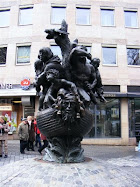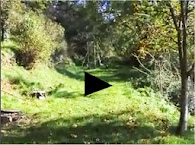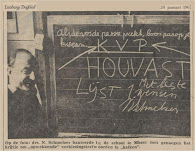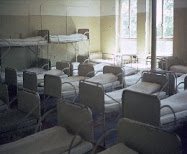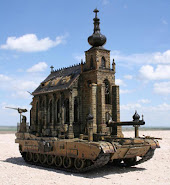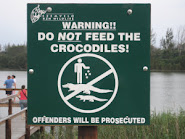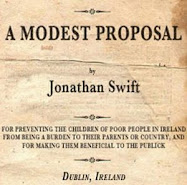Ballarat Abuse Victims Memorial

To assist our broken Ballarat community move forward from the years of historical abuse by many institutions, I have created
a Go Fund Me page to raise funds to build a memorial in Ballarat
somewhere to remember those lost. I believe that a memorial should be built in memory of those victims who have been lost, the survivors battling with their demons every day and fighting the good fight and as a place for the multigenerational victims of this abuse to go to remember their loved ones. These are the men and women who have made things right. We have memorials to honour the fallen victims of war. These abuse victims fought and are fighting for much longer than any war that has been. And many losing their lives in the process. There are other memorials in Australia for the same reason, why do we not have one in Ballarat - the epicentre of Church abuse.
I’m not sure what I want the memorial to look like - possibly a reflection pool with small beams of light around that shine day and night. What I do know is that it should not be in the bustling centre of town, where the long shadows of the church may fall on it. A peaceful area in the beautiful Botanic Gardens could be fitting as a place for reflection, hope and remembrance. All funds will be transparently donated towards the building of a memorial. I hope that the local Ballarat community and world can get behind this cause to assist in families moving forward and in time forgetting the man that was George Pell rotting in a jail cell.
Our story is below:
Today is the day George Pell is sentenced for his sins. Today is also the day that my 4 year old daughter has Grandparents Day at her kindergarten - but she is minus a grandfather due to George Pell’s inactions and sins. My father is buried in Section K, Row 18, Grave 47 of the Ballarat Cemetery. His name is, not was, Peter Curran. He was one of the first victims of sexual abuse at the hands of the Catholic priests of Ballarat to report the abuse to authorities and fight for what was right. Whilst the survivors are living with the memories of these atrocities every day, family members of the deceased are also haunted.
When my father went to George Pell as a child with claims of abuse by 3 priests in Ballarat he was met with anger, disbelief and in turn beaten for ‘lying’ about his perpetrators. George, your inactions to help dad and other children in need and in turn your own predatory behaviours, have put you where you need to be. Behind bars for the rest of your days. I relish the thought of you sitting in a solitary cell in jail, with the realization that you will spend the rest of your days without anyone caring for you – exactly what you deserve. No words can express the hate our family feels towards you. However, we like many families are in our own cells of grief.
But today is also a day for the world and Ballarat community to move forward. Too long have we been in the shadows of grief, the ‘what ifs’ and pain. Yes we need a centre of healing for all victims of abuse, regardless of the nature, to support and assist them in anyway we can. But we also must not forget the victims and voices of the past who fought for so long, before they were believed and the issues of abuse were acknowledged by the world as wrong. At times Dad was an angry, deeply depressed man due to the atrocities he suffered as a child. But there were also glimpses of light that shone through which we hold on to in our memories.
This is how he and so many victims should be remembered. As pillars of light and strength in our community who stood up for what was right, to stop this evil continuing. He always said he can’t fix the past, but he can sure stop it happening to someone else’s son or daughter. I don’t visit the cemetery; it brings back too many painful memories. I was 21 at the time of burying my father, my siblings much younger. This should not have been.
Ik heb een steen verlegd in een rivier op aarde
Het water gaat er anders dan voorheen
De stroom van een rivier hou je niet tegen
Het water vindt er altijd een weg omheen
Misschien eens gevuld door sneeuw en regen
Neemt de rivier mijn kiezel met zich mee
Om hem dan glad en rond gesleten
Te laten rusten in de luwte van de zee
Ik heb een steen verlegd in een rivier op aarde
Nu weet ik dat ik nooit zal zijn vergeten
Ik leverde bewijs van mijn bestaan
Omdat door het verleggen van die ene steen
De stroom nooit meer dezelfde weg kan gaan
Ik heb een steen verlegd in een rivier op aarde
Nu weet ik dat ik nooit zal zijn vergeten
Ik leverde bewijs van mijn bestaan
Ik heb een steen verlegd in een rivier op aarde
Nu weet ik dat ik nooit zal zijn vergeten
Ik leverde bewijs van mijn bestaan












































